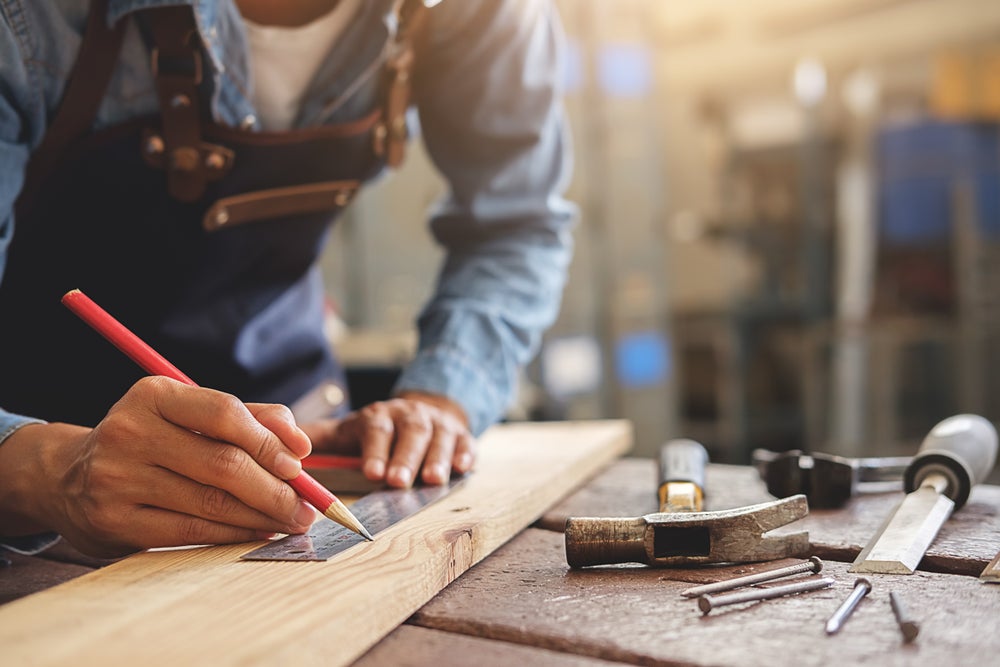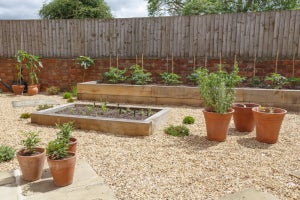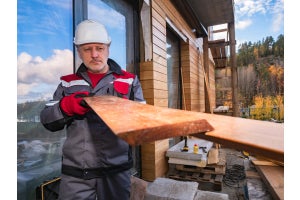What is Carcassing Timber & What is it Used For?

When you're working on a construction or DIY project, choosing the right timber can make all the difference to the strength, durability, and overall finish of the build. One of the most versatile and widely used types is carcassing timber. It's a term you'll often hear in the trade, but if you're new to it, you might be wondering exactly what it means and how it's used. Let's take a closer look.
What is Carcassing Timber?
Carcassing timber refers to structural-grade softwood that's used in construction, where the timber will be hidden from view once the build is complete. It's graded for strength rather than appearance, so while it may have knots, colour variations, and other natural markings, it's perfectly suited to the jobs it's designed for.
Typically, carcassing timber is made from softwoods such as spruce, pine, or fir. These are strong, relatively lightweight, and easy to work with, making them ideal for building frameworks and load-bearing structures. The timber is usually kiln-dried to reduce moisture content, which helps prevent warping and shrinkage once it's installed.
You'll also find that carcassing timber is often treated to improve its resistance to fungi, insects, and moisture. This means it can be safely used in outdoor or damp environments, provided that you choose the right treatment level for the job.
Grading and Standards
Here in the UK, carcassing timber is strength-graded to meet British and European standards. You'll often see grades such as C16 and C24 marked on the wood:
. C16 is perfectly suitable for most general construction work, offering good strength and affordability.
. C24 is a higher grade with greater strength and fewer defects, making it a good choice for projects where higher load-bearing capacity is needed.
Choosing the right grade depends on the structural requirements of your project, so it's worth checking building regulations or asking us for advice before you buy.
Common Uses for Carcassing Timber
The clue is in the name. Carcassing timber is mainly used for the 'carcass' or framework of a structure. Because it's designed for strength rather than looks, it's usually hidden behind plasterboard, flooring, roofing, or cladding once the build is finished.
Some of the most common uses include:
1. Floor Joists
Carcassing timber is often used to create the framework that supports floors. It needs to be strong enough to handle the weight of furniture, people, and everyday activity, which is why strength grading is so important here.
2. Roof Rafters
In roofing, carcassing timber is used to make rafters, purlins, and other structural supports. The timber's strength ensures the roof can withstand wind, rain, and snow loads.
3. Stud Walls
When building partition walls, carcassing timber forms the vertical studs and horizontal rails that give the wall its structure. These are later covered with plasterboard or other finishes.
4. Decking Frames
For outdoor decking, treated carcassing timber provides the base frame that the visible deck boards sit on. Choosing the correct treatment level is key to ensuring it can handle outdoor conditions.
5. General Framing
From sheds to garden buildings and extensions, carcassing timber is a go-to choice for general framing and support work.
Benefits of Using Carcassing Timber
There are plenty of reasons why carcassing timber is a popular choice in the trade:
. Strength and Reliability - It's graded to meet specific strength standards, so you know exactly what you're getting.
. Cost-Effective - Because appearance isn't a priority, carcassing timber is often more affordable than decorative timber.
. Versatility - Suitable for a huge range of indoor and outdoor structural projects.
. Treatment Options - Can be treated to protect against rot, insects, and moisture, extending its lifespan.
Choosing the Right Carcassing Timber
When we're selecting carcassing timber for a project, we look at a few key things:
. Grade (C16 or C24) - Depending on the strength needed.
. Dimensions - Make sure the size matches your design specifications.
. Moisture Content - Kiln-dried timber is best to avoid movement once installed.
We also recommend sourcing from trusted suppliers to ensure the timber is graded and treated correctly. At Mill Timber Direct, all our carcassing timber is responsibly sourced, strength-graded, and available in a range of sizes and treatments to suit your needs.
Final Thoughts
Carcassing timber might not be the star of the show when it comes to looks, but it's the backbone of many construction projects. From the floor under your feet to the roof over your head, it's working hard behind the scenes to keep everything solid and secure.







